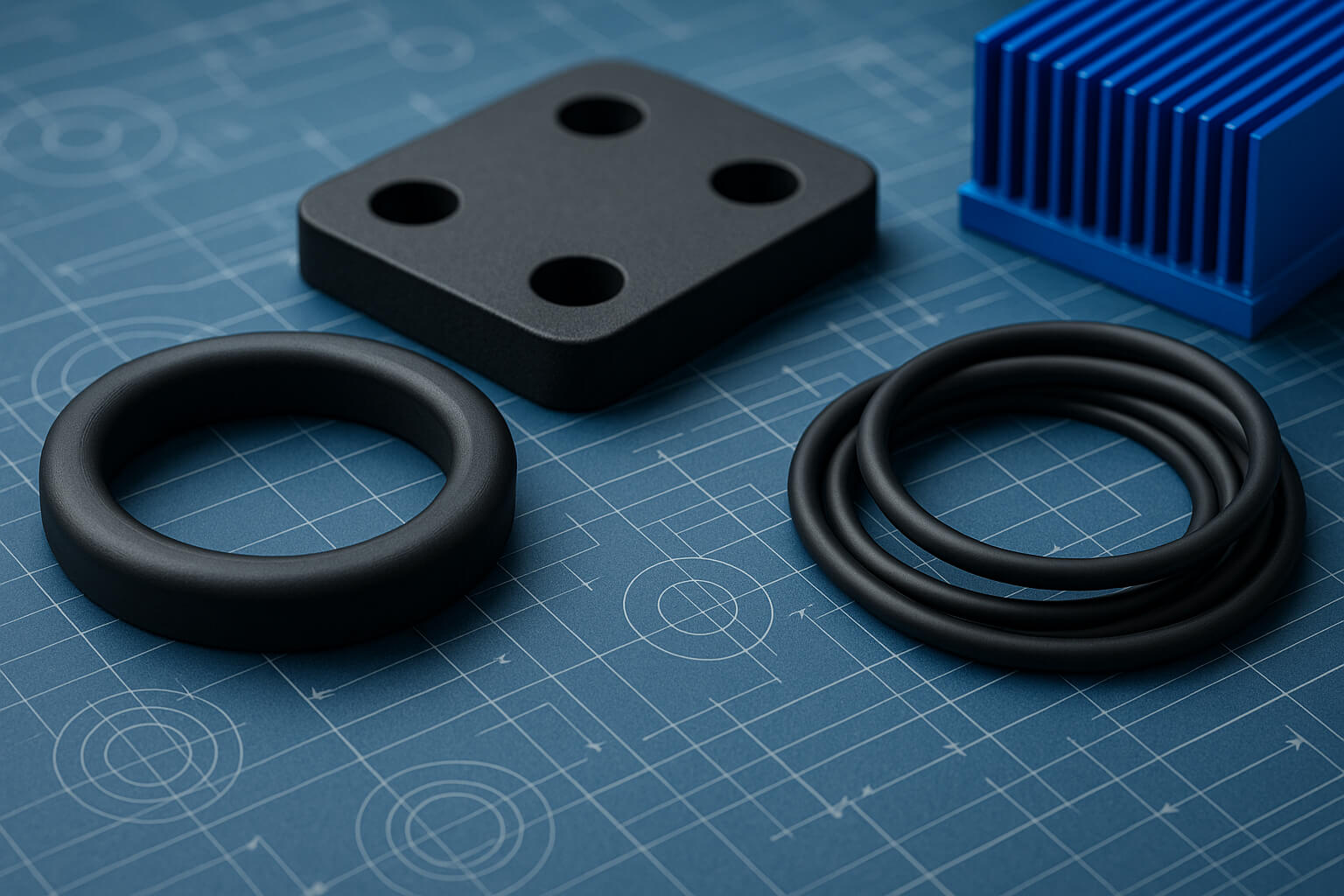
Silicone elastomers are essential materials in modern engineering, providing flexibility, durability and high-performance capabilities across various industries. Their compressibility, combined...
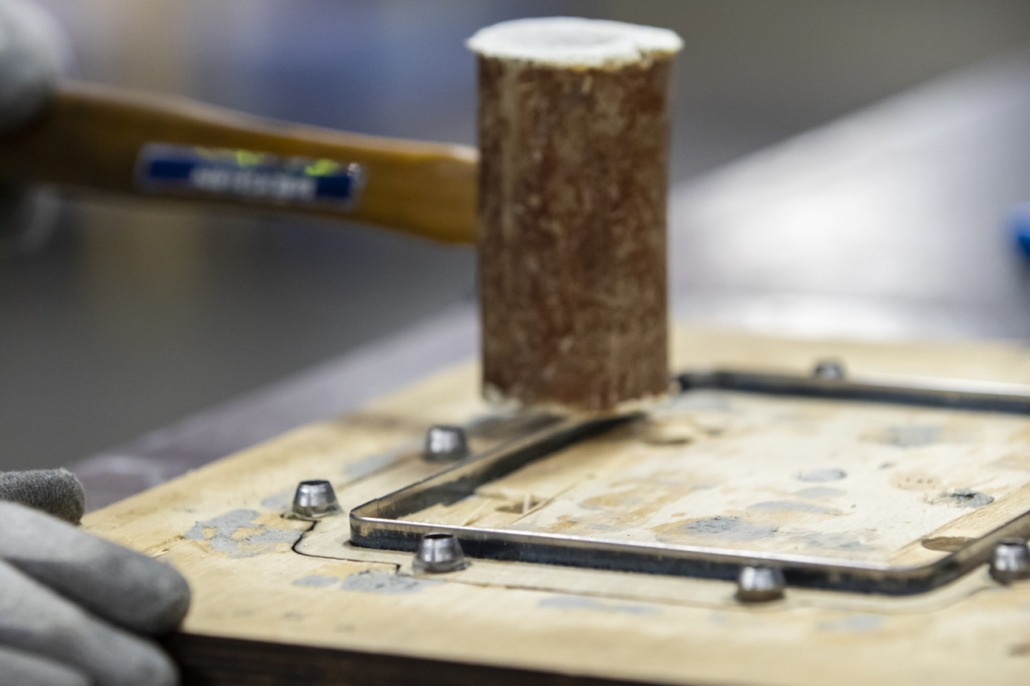
Custom die cutting is one of the most sought-after services we offer at Sur-Seal® company. It’s a flexible, highly adaptable technique that can be applied to a wide variety of parts and materials. Just how wide that variety is may surprise you.
Almost any flat (or mostly flat) component can be created through die cutting. At Sur-Seal we have a suite of flatbed and rotary die cutters in our factories, allowing us maximum flexibility to choose the right method for each new project.Just about every modern industry and manufacturing specialty utilizes some form of die cut product. The technique is so versatile, it’d be impossible to name every part it could be used to create. To give you a sense of its range, here’s just a partial list of common parts we will die cut for our customers:
One of the main reasons this technique is so widespread is its scalability. Die cutting serves both low- and high-volume orders well, depending on the type of machine that’s being used. Another feature is the ease with which custom designs can be die cut. Again, depending on the machine being used, almost any shape is possible.
But perhaps the most desirable feature of commercial die cutting is the number of materials it can work with.
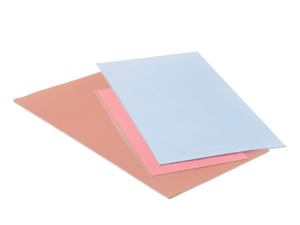
Once again, the key limiting factor is profile. If the material is completely or mostly flat, it can almost certainly be die cut.
At Sur-Seal, we carry a selection of customized materials including silicone foam, high temperature silicone sponge and a variety of thermal interface materials. Visit our Sur-Cool and Sur-Sil pages if you’d like to learn more about our product lines that can be die cut.
In addition to using our own materials, we also source and die cut an extensive range of outside materials. The top priority is finding the best possible material for our client. This includes the material’s physical properties, price point and general availability.
Below, we’ve broken down the most common material categories we work with.
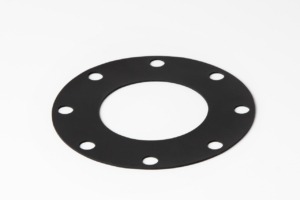
This category includes neoprene, silicone, Ethylene Propylene (EPDM), Nitrile (NBR and Buna-N), Styrene Butadiene (SBR), and other natural and synthetic varieties of rubber. Most synthetic rubber materials can be found in solid, foam and sponge forms.
Elastomers and rubbers tend to be compressible. They also offer a wide range of physical and environmental resistances. The combination of these qualities makes them generally well-suited for gaskets, seals, thermal interface materials, and more.
This category covers anything derived from natural materials. Different natural textiles have very different applications with industry and manufacturing.
One example is wool, a popular choice when moisture wicking, insulation and sound dampening are desirable, such as weatherstripping. Another example is cork, a cost-effective gasketing material that can be combined with rubber to create a more complete seal. Even paper can be die cut for industrial uses, including as a gasketing material.
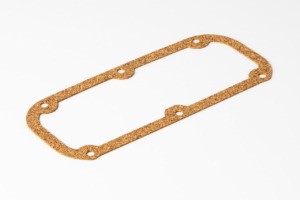
Synthetic textiles include nylon, polyester, aramids and polytetrafluoroethylene (PTFE). These materials are lightweight and combine exceptional flexibility with exceptional strength. Die cutting synthetic textiles is a popular choice for the creation of films and filters. It is also well suited to applications that require particularly thin insulation materials.
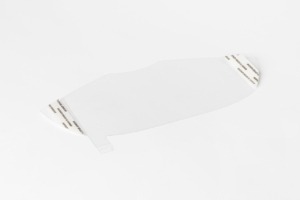
Many of the materials that make up the synthetic textiles category are also a part of the plastics category when they’re in their solid form. Other plastics include polyethylene, polycarbonate, acrylic and polypropylene (pp).
Plastics are an extremely diverse category with a wide spectrum of characteristics. In general, they tend to be strong and relatively lightweight. Custom films, washers and gaskets are commonly cut from plastics.
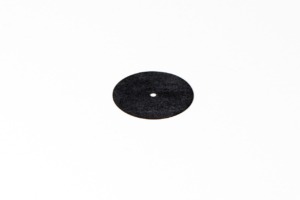
This category covers any material composed of multiple material types. Some of the most common examples we work with at Sur-Seal are carbon-fiber-reinforced polymers. These materials are made when carbon or graphite fibers are combined with different polymers, creating a material with an extremely high strength-to-weight ratio and exceptional rigidity.
As we mentioned previously, our shop features a full suite of flatbed and rotary die cutting machines. Combine that with our team’s depth of experience working with a wide variety of materials and parts, and the result is an exceptional experience every time you work with Sur-Seal.
Sur-Seal has additional cutting methods that include CNC routing, knife cutting and water jet cutting.
If you’ve got a project in mind, we’d love to show you what we can do. Request a quote today.